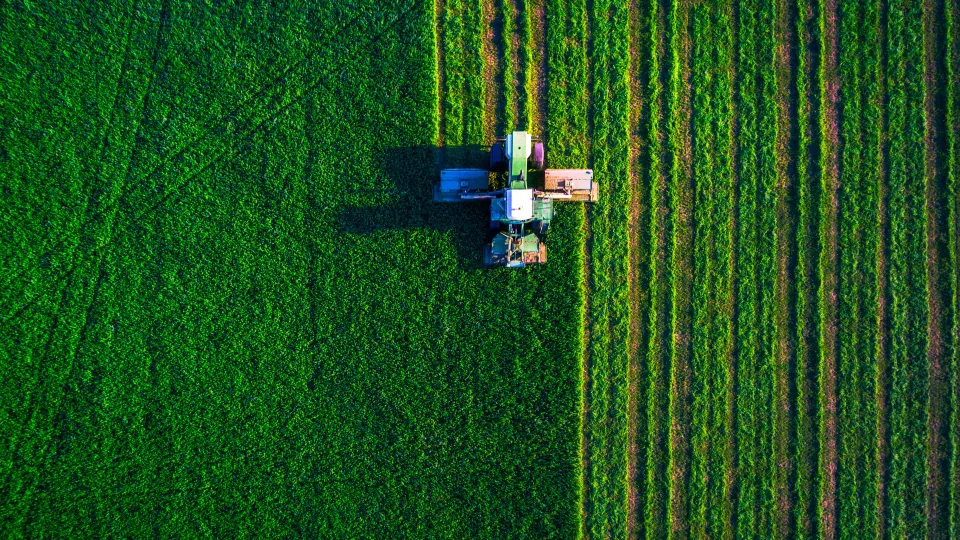In their project, Stefan Olin, researcher at the Department of Physical Geography and Ecosystem Science and Johan Lindström, researcher at the Centre for Mathematical Sciences, link vegetation models with different types of climate models. This approach is relatively new as previously it was too complicated and technically challenging to link different kinds of models. The goal is to be able to investigate the impact of climate on agriculture and land availability, and how land availability can in turn have an impact on our climate.
Take a step further
“Previous climate models have mainly focused on rising temperatures and illustrated what the world might look like if the temperature increased by say 1.5 or 2 degrees. We want to take it a step further and look at the feedback effects between agriculture, climate and economics. To do that, you have to combine climate data and vegetation data”, says Stefan Olin.
The researchers are working with scenarios that the Intergovernmental Panel on Climate Change, IPCC, has produced to calculate future climate changes, so-called RCPs, Representative Concentration Pathways. The scenarios aim to provide information on climate changes at different levels of greenhouse gases in the atmosphere and are based on development scenarios that make different assumptions about the future. They are based on factors such as the amount of carbon dioxide emissions, population growth, energy consumption, technological development, policies, land needs and climate change adaptation. The development scenario that applies depends on how well we manage to limit the emissions.
Simplified models
Stefan Olin and Johan Lindström have produced types of simplified models called statistical emulators that make it easier to link the IPCC’s climate scenarios and the vegetation models. Currently, supercomputers are required to carry out simulations while a normal computer can take weeks and sometimes months to produce results. This makes it almost impossible to link large amounts of data from several different climate scenarios. With the emulators, it will be possible to run tests on several scenarios to produce more results. In doing this, several researchers will be able to contribute to the work by producing evaluations and analyses on how our future may look in different scenarios and how our society may be affected based on aspects such as economics, societal development and biodiversity.
“The more models we run, the better our estimate of the uncertainty in the scenarios. Instead of one value, we can get different values for how much land we are going to need in the future.”
“That is the most important aspect. All impact on vegetation leads to a discussion of how much land we need to produce food, bioenergy and forest”, says Stefan Olin.
More knowledge an important input
More knowledge of how the climate affects agriculture and vice versa can provide important input to political decisions and legal frameworks, say the researchers. Where should the line be drawn between reducing emissions or not? What is the outcome if we do not act at all, and how effective are measures for climate change adaptation? Can initiatives such as planting faster-growing trees be an alternative if we have less land in the future?
“When decisions are taken many trade-offs have to be made. However, the more we know, the more we know about which alternatives to consider, and which effects they can have on both vegetation and climate”, concludes Johan Lindström.
